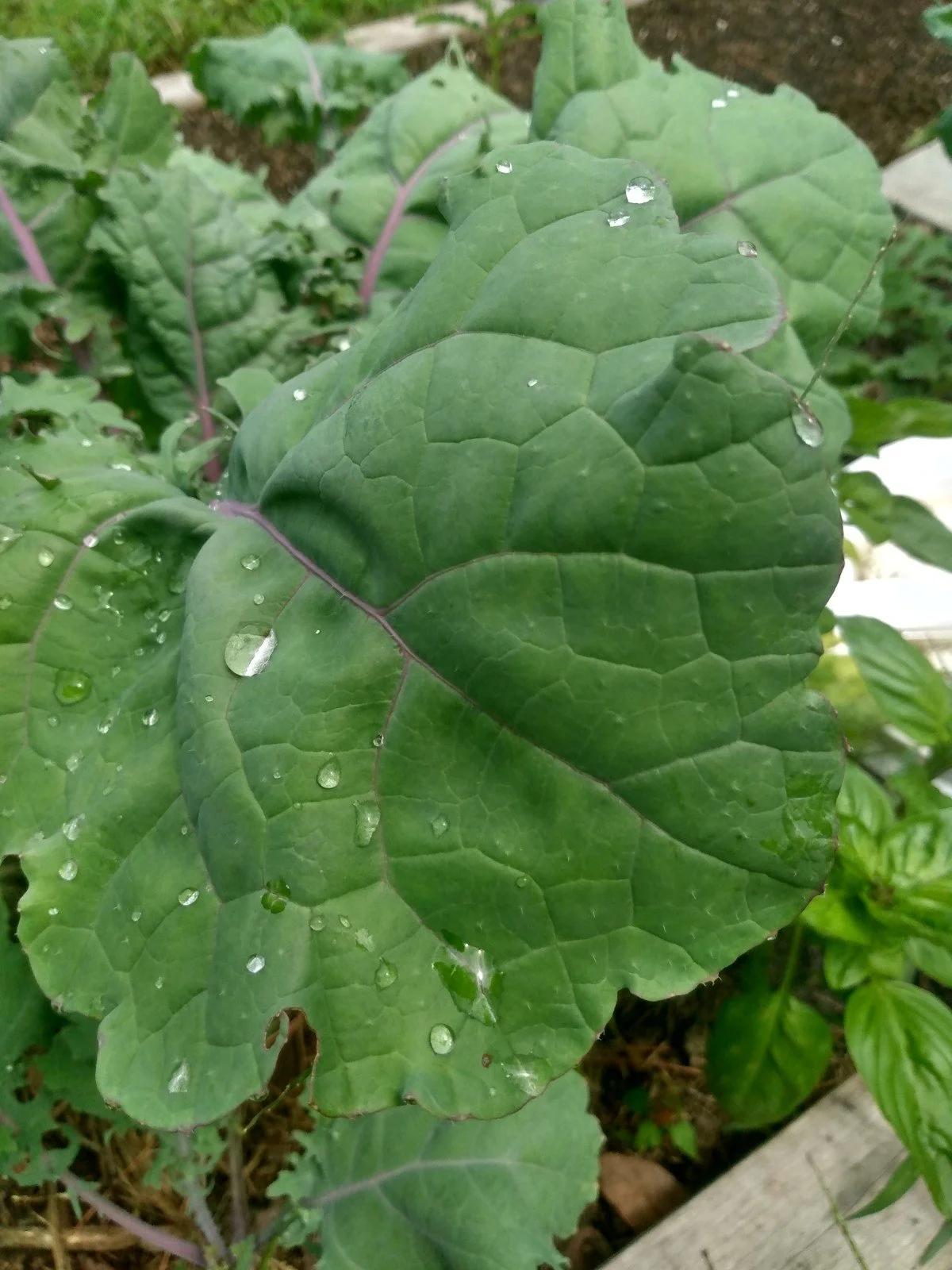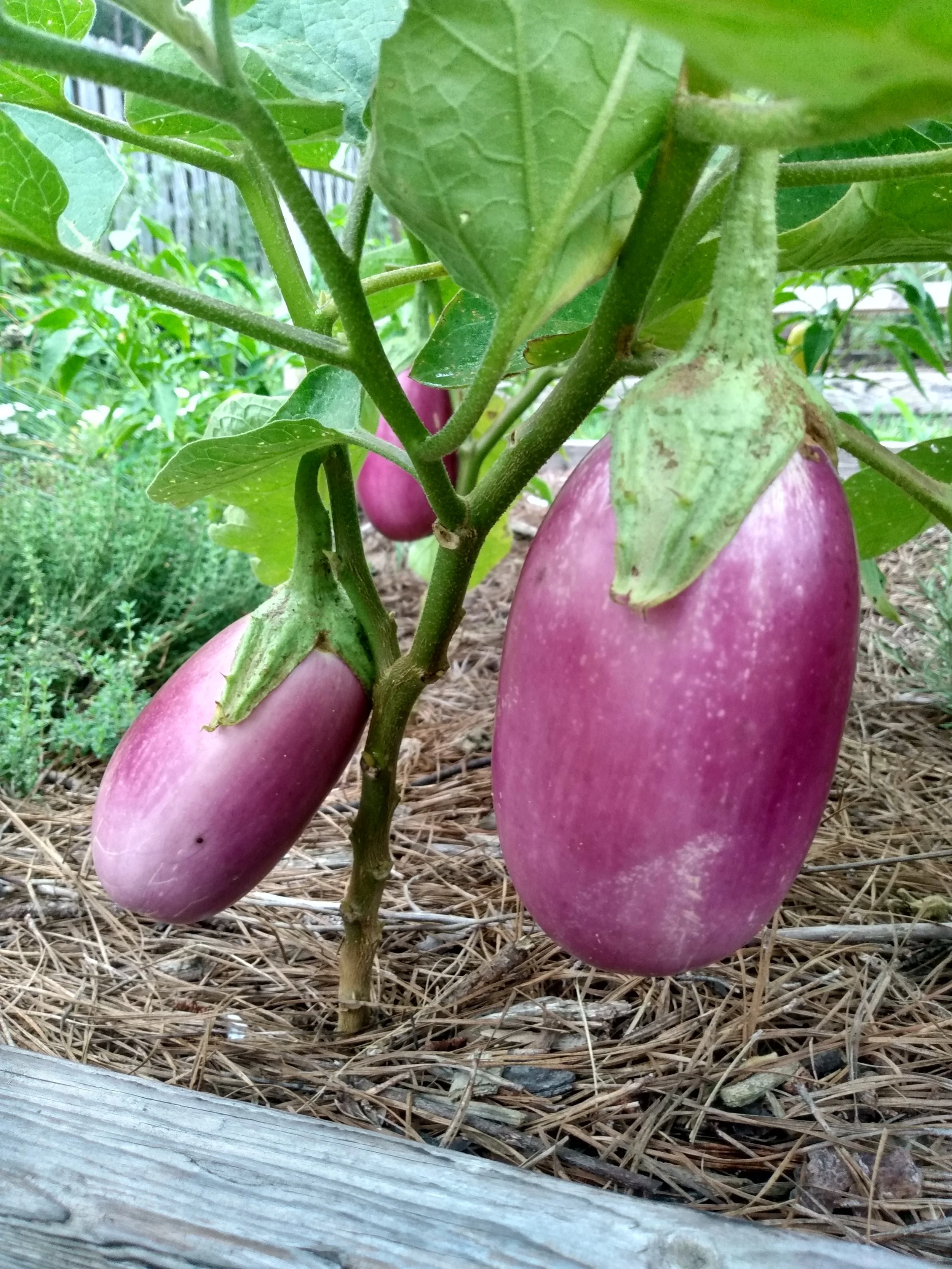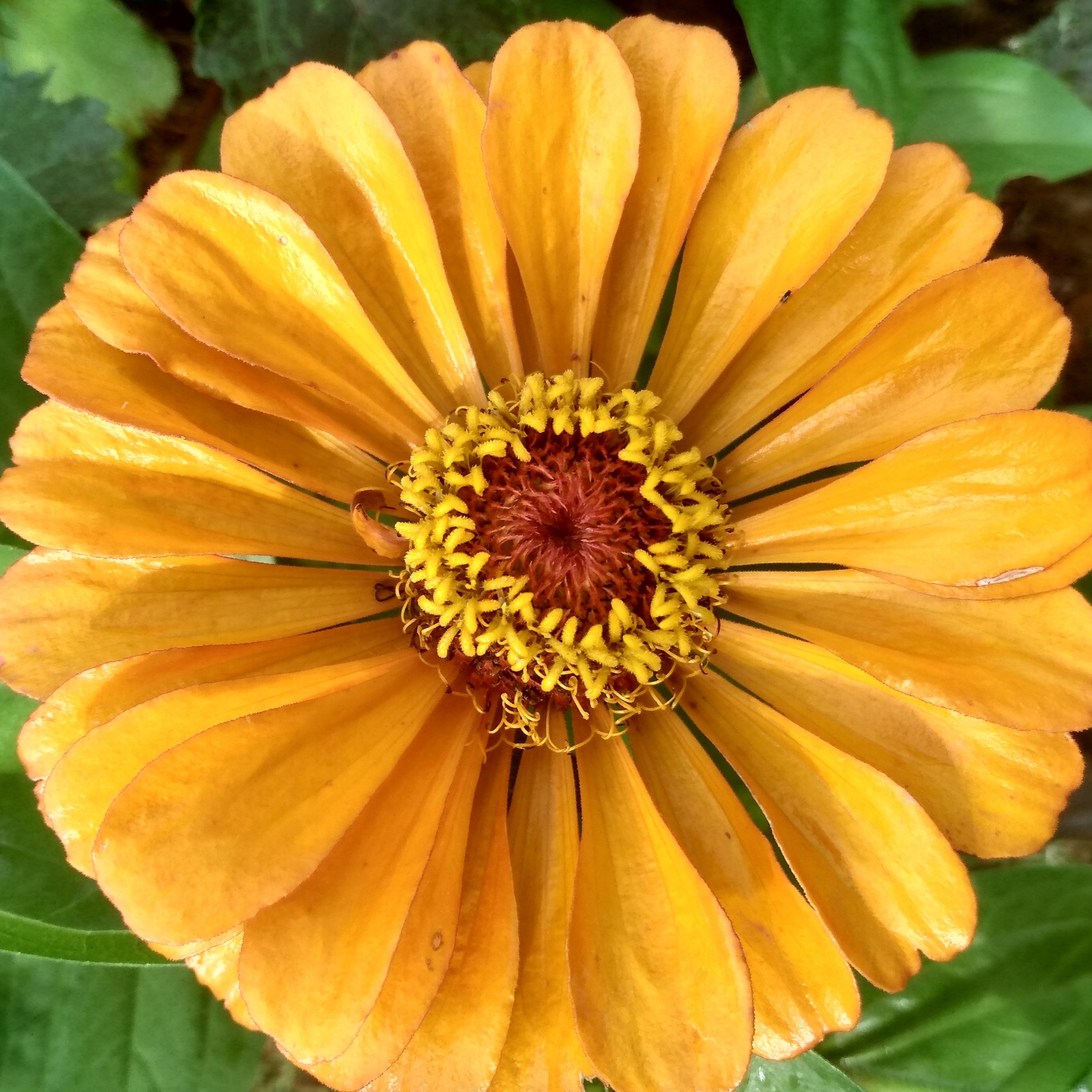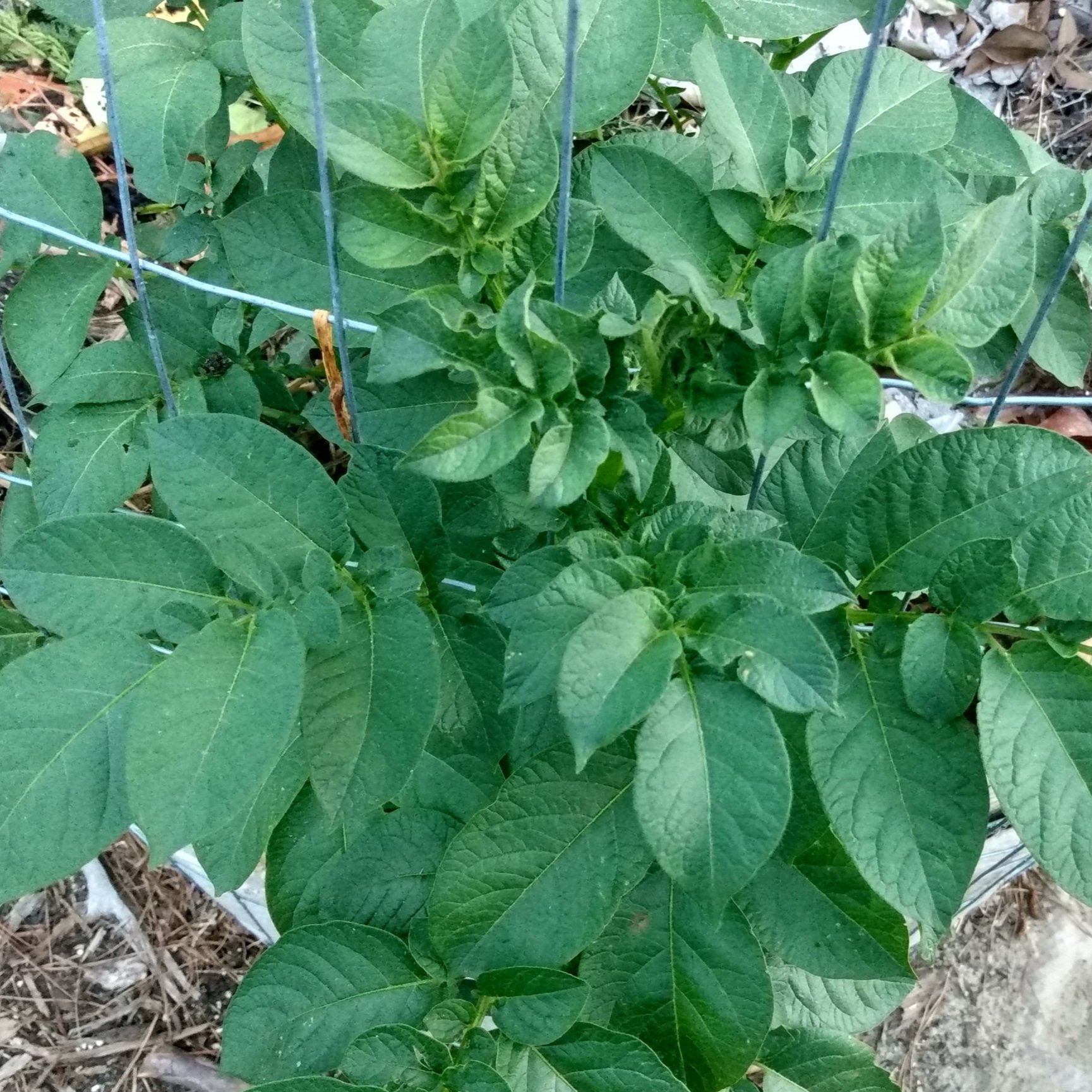What’s Growing in August
As the summer is winding down, some of our spring-started crops can start to slow production and produce less. But there are some that really shine in the hottest of weather, and with a few simple maintenance techniques they can keep producing into the fall.
Okra
A member of the hibiscus family, Okra is a classic southern crop that produces beautiful flowers and the classic pods used in gumbo. It loves the heat and humidity and is very productive when some other crops are winding down. Okra can grow very tall, often over 6 feet, and need to be fed to keep up with the incredible growth. I like to feed a balanced fertilizer, like compost or an organic granular fertilizer in the 5-5-5 range, about once a month through the summer. Okra pods need to be harvested often, as they will become tough and inedible once they get big. I harvest okra daily, and keep it in a bag in the fridge until I have enough to make a dish.
Kale
There really isn’t a time of year that kale doesn’t grow here in the Wilmington, NC area. During the summer it is one of the few greens that continues to thrive, especially if you plant it where it will get a bit of afternoon shade. Kale needs to be fed with a bit more nitrogen than your fruiting crops, and I like to give it an extra boost of blood meal every month, along with a bit of compost. This keeps the beautiful leaves growing strong. If you notice small caterpillars munching on your kale leaves, you have been visited by a cabbage moth and coating the leaves with Bt (Bacillus thuringiensis, an organic spray) will stop them quickly. Other than that, kale is a pretty carefree crop, and growing it all summer provides some greens during the hot season, when your more delicate greens would bolt from the heat.
Eggplant
A member of the same family as tomatoes and peppers, the eggplant tends to start slow and pick up production during the second half of the summer. Eggplants are heavy feeders, and a boost of phosphorus and potassium throughout the fruiting season can help them produce lots of eggplants. I like to add some bone meal and banana water around the plants twice during the growing season, along with the monthly compost side-dressing. This promotes more fruiting and helps keep the plants healthy. Flea beetles are a common pest of the eggplant, making small holes in the leaves and leaving your plants more susceptible to disease. If you plant radishes or salad turnips nearby, you may find that the flea beetles leave your eggplant alone as they prefer to eat their greens. A spray with castile soap and water can decrease their numbers, and is a useful pesticide in your organic garden.
Peppers
Peppers are one of the most versatile crops you can grow. You can end up with fruits that are less than an inch or longer than a foot, they can be painfully spicy or mild and sweet. A huge world of peppers opens to you once you start growing them from seed. Peppers are often slow to get going in the spring, but once the weather heats up they quickly become the stars of your garden. Just like the eggplant, they are heavy feeders and benefit from a bit of bone meal and potassium-boosting banana water. They are relatively unbothered by pests, but if you notice signs of fungal disease (very common here in the humid south) a quick spray with copper sulfate or baking soda and water can help slow the spreading of any brown spots on the leaves.
Basil
A tropical herb, basil is one of the stars of the late summer garden. If you keep it pruned down, don’t let too many flowers mature, it will keep making delicious leaves until your first frost. Just like the other crops where you are going to eat the leaves, a little boost of nitrogen can help keep basil looking it’s best.
Zinnias
There are some flowers that love the hot weather, and will continue to bloom during the hottest of weather. This year, the zinnias have been blooming non-stop and are continuing to invite pollinators into the garden after some others have faded. Keeping them pruned a bit (just pick the flowers! Pruning zinnias is the easiest thing to do.) will help them branch out and make more flowers.
Sweet Potato
If you planted sweet potatoes in the spring (I hope you did, it’s so easy!) your sweet potato vines should be sprawling all over and working on making those delicious potatoes underground. It usually takes about 120 days to get mature sweet potatoes, so the whole summer is needed to get a great crop. Once you harvest your potatoes, you will need to cure them at about 85 degrees and 95% humidity for a week or two to convert the starches into sugars and prepare them for storage. I like to cure them on shelves in my outdoor shed, and then move them into my cooler garage for storage over the winter.
Potato
Often thought of as a spring crop, potatoes can grow all summer and well into the fall. The important thing is to not let them dry out during the hotter weather. I usually have three rotations of potatoes every season, planting in March, July, and September. Your potatoes are ready for harvest when the tops turn brown and die back. Once you harvest your potatoes, they will need to be cured in a dark, cool, humid area. I find a closet with a humidifier works well during the summer, and the shed works well in the winter. After about two weeks of curing, they should be stored in an area that will be cool but never freeze.
These last weeks of summer can be a time of frustration for many gardeners, as the spring crops are finishing their natural lifespan and stopping production, but it can be a time of real joy if you plant crops that will grow happily in our hot, humid weather.







